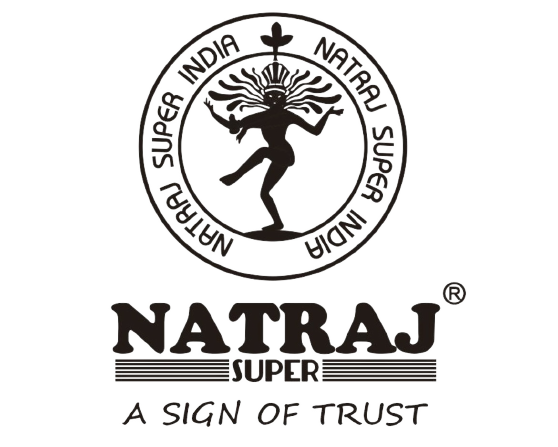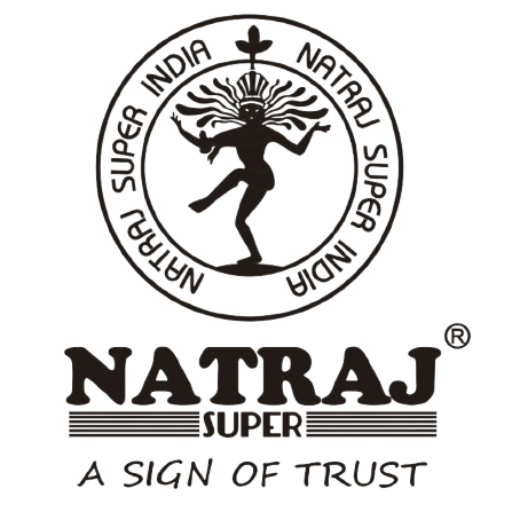Agricultural sprayers play a crucial role in modern farming by enabling the efficient application of fertilizers, pesticides, herbicides, and even micronutrients. The right sprayer not only ensures optimal crop health but also helps you save time, reduce chemical wastage, and increase overall farm productivity.
But with so many sprayer options in the market, how do you know which one is best for your farm?
In this blog, we’ll break down the main types of agricultural sprayers, how they work, their pros and cons, and tips to help you choose the ideal one for your specific needs.
🚜 Why Choosing the Right Sprayer Matters
The wrong sprayer can lead to:
- Uneven application of chemicals
- Increased input costs
- Lower crop yields
- Environmental pollution
The right one ensures:
✅ Uniform spray coverage
✅ Maximum efficiency
✅ Reduced chemical usage
✅ Healthy crops and better returns
🌾 Main Types of Agricultural Sprayers
1. Knapsack Sprayer (Manual or Battery Operated)
Best For: Small farms, gardens, nurseries
These are backpack-type sprayers carried on the back and operated manually or via a battery-powered motor. They come with a hand-held lance and nozzle.
Pros:
- Affordable and easy to use
- Ideal for spot treatment
- Portable and lightweight
Cons:
- Labor-intensive for larger fields
- Limited tank capacity (usually 15-20L)
Recommended for: Farmers with under 2 acres of land or for targeted spraying.
BEST AGRICULTURE SPRAYER
2. Tractor-Mounted Sprayer
Best For: Medium to large farms
These sprayers are attached to tractors and powered by the tractor’s PTO (Power Take-Off). They come with large tanks and wide boom arms for covering broad areas.
Pros:
- Covers large fields quickly
- More consistent and precise spraying
- High-pressure spraying for dense crops
Cons:
- Requires a tractor
- Higher cost
- Not suitable for small farms
Recommended for: Farmers with over 5 acres of land growing crops like wheat, paddy, or sugarcane.
3. Power Sprayer (Motorized Sprayer)
Best For: Medium-sized farms, orchards
These are portable sprayers powered by petrol or diesel engines. Some models have trolley or wheel support for mobility.
Pros:
- Powerful spraying pressure
- Covers more area than knapsack sprayers
- Ideal for tree spraying and hilly terrains
Cons:
- Fuel costs and engine maintenance
- Heavier and noisier than manual types
Recommended for: Farmers spraying fruit orchards, vineyards, or vegetable crops.

4. Boom Sprayer
Best For: Large flat fields
Boom sprayers are equipped with horizontal arms (booms) that cover a wide swath of land in one pass. They’re usually mounted on tractors.
Pros:
- Uniform coverage
- Great for row crops like maize, soybeans, etc.
- Efficient chemical usage
Cons:
- Not ideal for uneven or hilly fields
- Expensive upfront investment
Recommended for: Commercial farms looking to improve efficiency and reduce costs.
5. Aerial or Drone Sprayer
Best For: Precision farming, large commercial farms
Drone sprayers are the latest in agricultural technology, allowing aerial application of sprays using GPS-guided drones.
Pros:
- Zero soil compaction
- Fast and precise application
- Great for inaccessible or hilly areas
Cons:
- Expensive technology
- Requires licensing and trained operators
Recommended for: Tech-savvy farmers with large landholdings or specialty crops.
6. Mist Blower Sprayer
Best For: Orchards, tea gardens, and plantations
These use a high-speed fan to create a fine mist that can cover tall crops and trees efficiently.
Pros:
- Excellent for tall plants and dense foliage
- Greater coverage with less water
- Penetrates deeper into plant canopy
Cons:
- Not suitable for ground-level row crops
- More expensive than knapsack sprayers
Recommended for: Plantation owners and orchard managers.
✅ How to Choose the Best Agricultural Sprayer for Your Farm
Before buying a sprayer, consider the following:
| Factor | What to Consider |
|---|---|
| Farm Size | Manual for small farms, tractor-mounted for large ones |
| Crop Type | Row crops vs. trees vs. ground cover crops |
| Budget | Balance between features and affordability |
| Terrain | Flat land vs. hilly areas |
| Chemical Type | Some sprayers are better for fertilizers, others for pesticides |
| Labor Availability | Manual sprayers need more manpower, while motorized save time |
💡 Pro Tips for Using Agricultural Sprayers
- Always calibrate your sprayer before use.
- Clean thoroughly after every use to avoid nozzle blockages.
- Use appropriate nozzles for different applications.
- Wear safety gear when handling chemicals.
- Follow manufacturer guidelines for pressure and spray volume.
📦 Conclusion: Your Farm Deserves the Right Tools
Choosing the right agricultural sprayer isn’t just about cost—it’s about maximizing yield, saving time, and protecting your land. Whether you’re managing a small garden or hundreds of acres, the right equipment can significantly impact your farm’s success.
👉 Do your research, invest wisely, and spray smarter—not harder!
Visit the website of Natraj Super.
Are you looking to buy a sprayer for your farm?
Check out our top-selling manual, motorized, and tractor-mounted sprayers [here]. (Insert link to product page)
Keywords: Types of agricultural sprayers, best farm sprayer, tractor-mounted sprayer, knapsack sprayer, drone sprayer India, agricultural equipment guide

